The discovery of a cavity during a routine dental checkup can be a frustrating and surprising experience for many adults. We often associate tooth decay with the sugary diets of childhood, believing that our mature brushing habits have left such problems behind. However, the reality is that dental caries is a lifelong battle, and the factors driving it in adulthood are often more complex and insidious than a simple sweet tooth. The paradigm has shifted: cavities are not just a pediatric concern. So, why do they persist into adulthood, and what can be done to break the cycle?
Understanding adult cavities requires moving beyond the elementary school lesson that “sugar causes cavities.” While diet remains a cornerstone, a modern understanding must encompass a wider array of biological, lifestyle, and physiological factors that create a perfect storm for decay. This article will delve into the often-overlooked causes of cavities that extend far beyond sugar, identify the key risk factors that make some adults more susceptible, and provide a robust arsenal of evidence-based home care tips to halt decay in its tracks.
The Hidden Culprits: Causes of Cavities Beyond Sugar
The fundamental mechanism of a cavity is the demineralization of tooth enamel by acids. These acids are produced by bacteria in the dental plaque biofilm as they metabolize fermentable carbohydrates. While table sugar (sucrose) is a prime food source, it is far from the only one.
- The Frequency of Eating: The “Acid Attack” Cycle: Every time you consume any fermentable carbohydrate—which includes not just candy and soda but also bread, crackers, fruit, and juice—the pH in your mouth plummets into the acidic range. This creates an “acid attack” that can last for 20-30 minutes. The real danger for adults is grazing. Sipping a latte for two hours, snacking on chips throughout the afternoon, or drinking a diet soda over an hour keeps your mouth in a constant state of acidity, giving your enamel no time to recover through the natural remineralization process facilitated by saliva. This is often a more significant factor than the total amount of sugar consumed.
- The Role of Acidic Foods and Drinks: Direct Erosion: The modern diet is rich in acidic substances that directly dissolve enamel without the need for bacteria. This process is called erosion.
- Sources: Citrus fruits and juices, sports drinks, energy drinks, sparkling water (especially flavored), wine, and vinegar-based dressings.
- The Double Whammy: When you combine erosion with abrasion (brushing your teeth immediately after), you rapidly wear down the enamel, making it thinner and more vulnerable to decay.
- Dry Mouth (Xerostomia): The Loss of Nature’s Defender: Saliva is the mouth’s unsung hero. It physically washes away food particles, neutralizes acids, and provides calcium and phosphate to remineralize enamel. Hundreds of common medications—for conditions like high blood pressure, depression, allergies, and pain—list dry mouth as a side effect. As adults age and medication use increases, the resulting reduction in saliva flow creates an environment where plaque thrives and acids run rampant, dramatically increasing cavity risk.
- Recession and Root Cavities: Gum recession is a common part of aging, often caused by aggressive brushing or periodontal disease. This exposes the root surface, which is covered in a much softer material called cementum. Cementum is far less resistant to acid than enamel, making these exposed roots highly susceptible to a specific type of decay known as root caries, which can progress quickly and be challenging to treat.
The Risk Profile: Key Factors That Make Adults Vulnerable
Certain adults are at a higher risk for developing cavities due to a combination of the factors above.
- Medical History: Conditions like GERD (gastroesophageal reflux disease) and bulimia bring strong stomach acids into the mouth, causing severe enamel erosion. Diabetes, which affects the body’s ability to manage sugar and heal, can also increase susceptibility to infections, including cavities.
- Previous Dental Work: Old fillings and crowns don’t last forever. Over time, they can develop micro-leakage or fractures at the margins, creating perfect, protected niches for plaque to accumulate and cause “recurrent decay” around the existing restoration.
- Dietary Habits: A high-frequency, high-carbohydrate diet is the primary behavioral risk. The “healthy” habit of sipping lemon water or apple cider vinegar throughout the day is a classic example of a well-intentioned practice that is devastating for teeth.
- Lifestyle Factors: High levels of stress can lead to teeth grinding (bruxism), which wears down enamel, and can also contribute to poor dietary choices and neglect of oral hygiene.
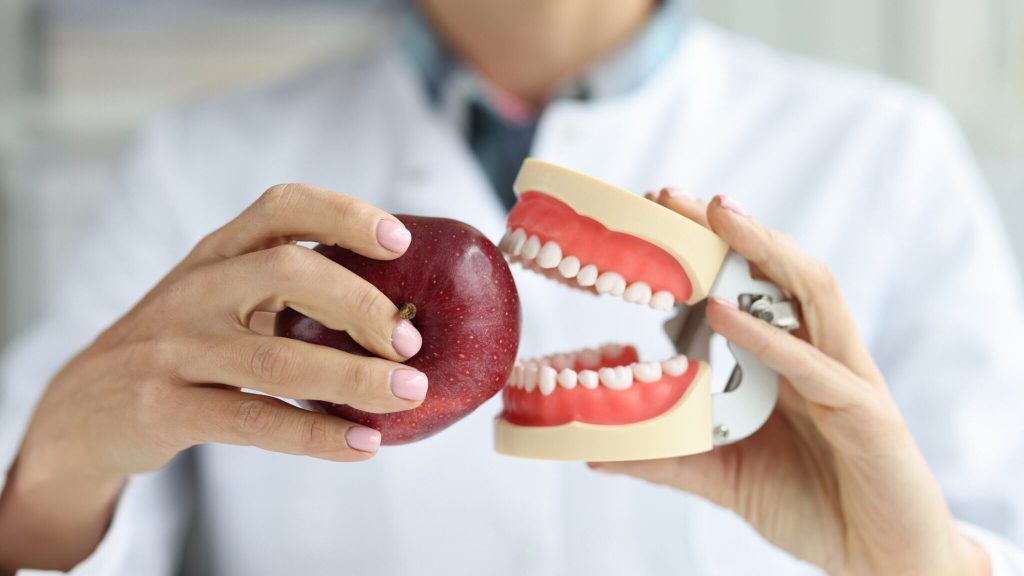
The Proactive Defense: Evidence-Based Home Care Tips to Stop Cavities
Preventing cavities in adulthood requires a strategic, multi-pronged approach that addresses the unique causes and risks.
- Master the Art of Plaque Removal:
- Electric Toothbrush: Invest in an oscillating-rotating electric toothbrush. Studies consistently show they remove more plaque than manual brushing. Their built-in timers also ensure you brush for the full two minutes.
- Fluoride is Non-Negotiable: Use a fluoride toothpaste with the ADA Seal of Acceptance. For high-risk individuals, dentists often prescribe a high-fluoride toothpaste (e.g., 5000 ppm fluoride).
- Floss or Interdental Brushes Daily: Cavities between teeth are extremely common in adults. Flossing is the only way to disrupt the plaque biofilm in these areas. If you find floss difficult, water flossers or interdental brushes are excellent alternatives.
- Manage Your Diet Strategically:
- Consolidate Eating: Instead of grazing, try to limit food and drink (other than water) to 3-4 set meal times per day. This gives your saliva ample time to neutralize acids and remineralize enamel between “acid attacks.”
- Make Water Your Primary Beverage: Sipping plain water throughout the day helps rinse the mouth and combat dry mouth.
- Rinse After Acidic or Sugary Foods: If you consume something acidic or sweet, rinse your mouth with water immediately afterward to dilute and neutralize the acids. Wait at least 30 minutes before brushing to avoid brushing softened enamel.
- Boost Your Remineralization Arsenal:
- The “Spit, Don’t Rinse” Rule: After brushing, spit out the excess toothpaste but do not rinse with water. This leaves a concentrated film of fluoride on your teeth to work throughout the night or day.
- Use a Fluoride Mouthwash at a Separate Time: Using a fluoride rinse after you’ve brushed and not rinsed can provide an extra layer of protection. Alternatively, use it after lunch to boost your fluoride levels mid-day.
- Consider Xylitol: Products like xylitol gum or mints used between meals can help stimulate saliva flow and have been shown to reduce the levels of cavity-causing bacteria. Look for products where xylitol is the first ingredient.
- Combat Dry Mouth Actively:
- Stay Hydrated: Drink plenty of water throughout the day.
- Use Saliva Substitutes: Look for over-the-counter products like Biotène, which contain enzymes and moisturizers to mimic saliva.
- Sugar-Free Lozenges or Gum: Chewing sugar-free gum or sucking on sugar-free lozenges can stimulate saliva production.
Conclusion: Taking Control of Your Adult Oral Health
Cavities in adulthood are not a sign of failure, but a signal that your oral environment has changed. The simplistic cause-and-effect of sugar is overshadowed by a more complex interplay of dietary frequency, acidity, saliva flow, and anatomical changes like gum recession. By understanding these hidden culprits and honestly assessing your personal risk factors, you can move from a reactive to a proactive stance.
The path to a cavity-free adulthood is paved with intelligent habits: strategic eating, meticulous cleaning with the right tools, and a relentless focus on keeping your enamel fortified with fluoride and protected by ample saliva. It demands a shift from just cleaning your teeth to actively nurturing your oral ecosystem. By adopting this comprehensive approach, you can break the cycle of decay and ensure that your adult smile remains healthy, strong, and resilient for years to come.

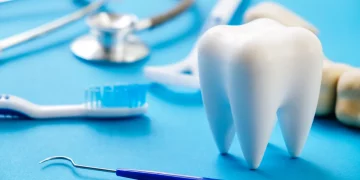



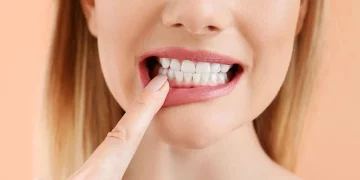
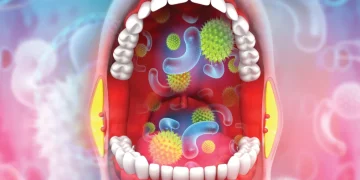
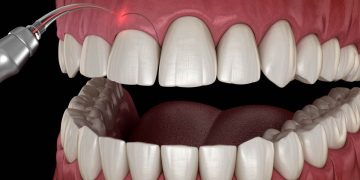
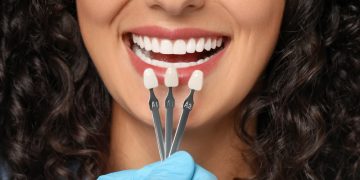
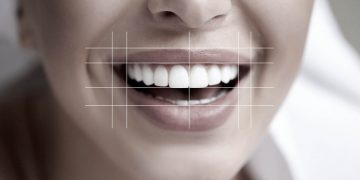
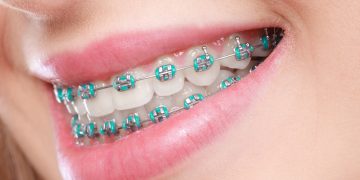
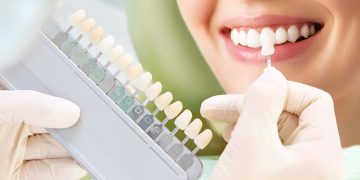
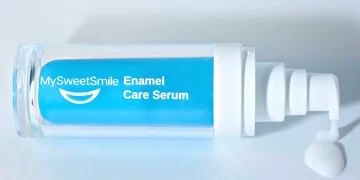

















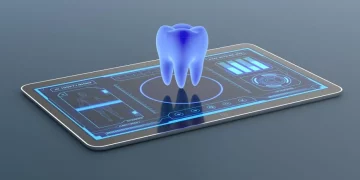
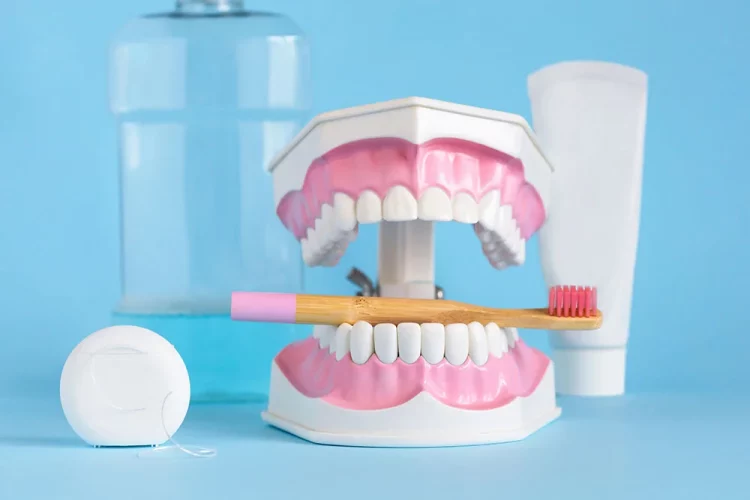












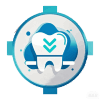
Discussion about this post